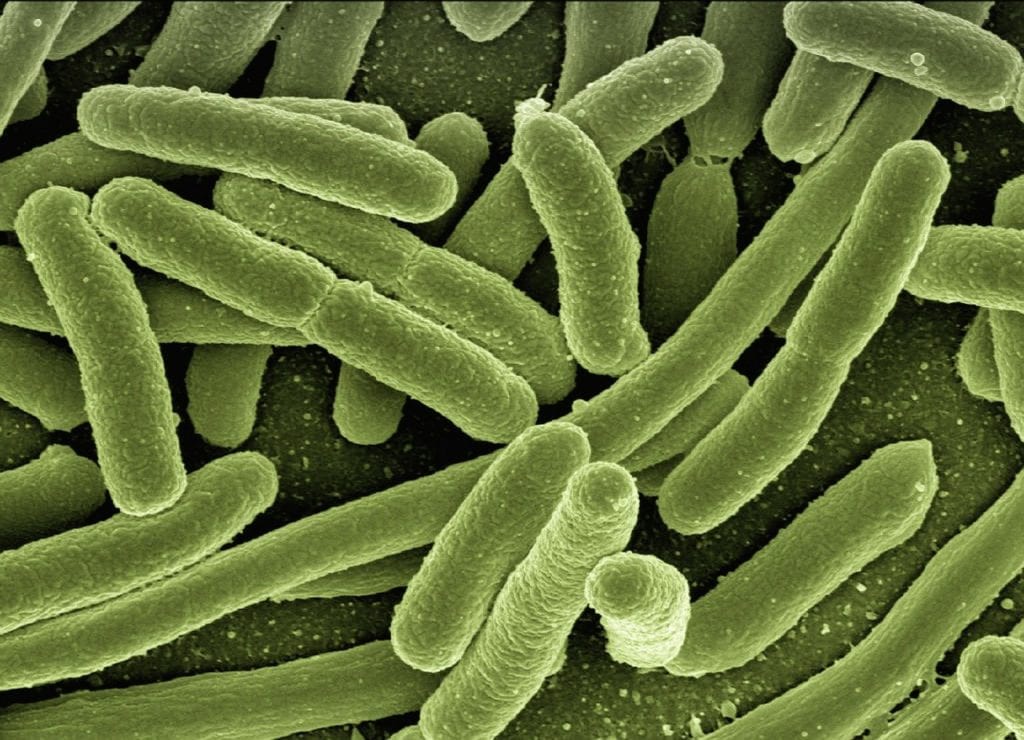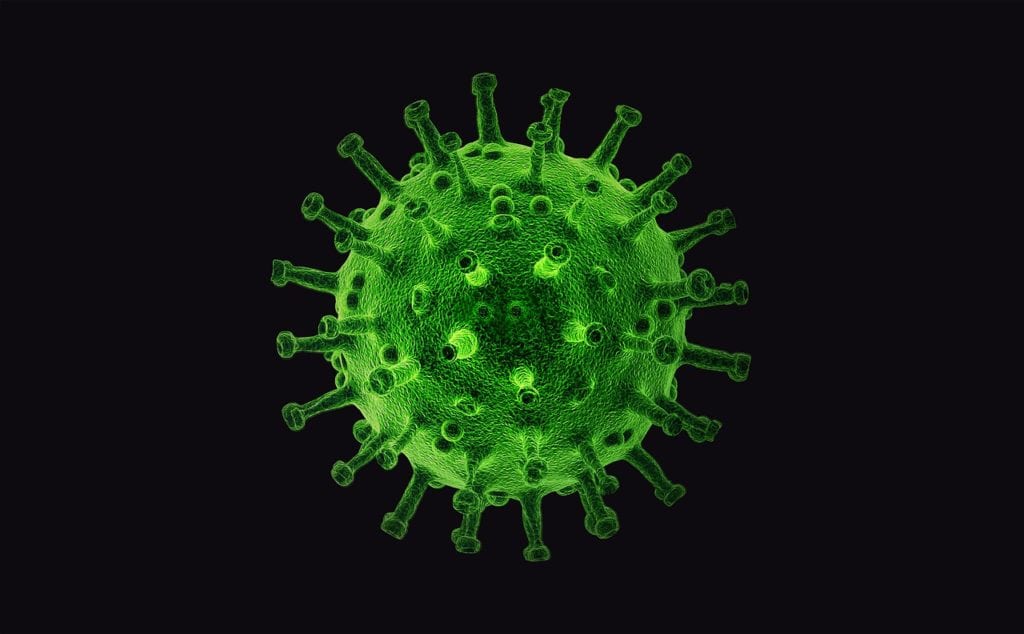Tag: Cannabis disease
One of the major challenges facing the medical cannabis industry derives from the origin of the varieties used. As a result of intensive crossbreeding in the first instance, the indica sativa descriptions are no longer as relevant given that all commercially available varieties are now essentially hybrids, barring a few exceptions. This coupled with more intensive inbreeding of varietals suited to indoor conditions, which are grown in optimised and controlled environments, has dramatically reduced the genetic diversity especially pertaining to outdoor growth where the plants’ natural ability to resist pathogen attacks and abiotic stresses are normally challenged.
To this end, strategies around building more robust and diverse genotypes are of paramount importance for sustaining this industry, which is still in its infancy. As the origins of medical grade cannabis cultivars is almost entirely based in the black market, lack of regulation, foresight and sustainability has left the industry facing a conundrum which centres around two main views:
- Keep the amazing range of cannabinoid/terpenes/flavonoids (chemovar) found in the market today and risk that a single well adapted pathogen could devastate the entire industry (like Panama disease in Bananas, or Potato blight for example)
- Introduce landraces that are more stress resistant and lose some of the progress grey market breeders have made in developing desirable chemovars
Plant pathogens & human disease

The number of known pathogens affecting the cannabis plant is fast approaching 100, yet very few resistant strains exist or have been reported. Another factor, and perhaps the most important in steering policy change is the effect these plant pathogens have on human health. Studies on workers from indoor cultivation centres have shown that they have higher than normal levels of microbes in their lungs. Although most are probably not affecting human health, some absolutely contribute to illness in humans.
This can come in two main forms: 1) cross infection from plant to human via handling/proximity and consumption; 2) allergen and mycotoxin exposure from consumption of infected flowers.
Certain plant pathogens produce toxins in the flower which are not visually detectable, leading to the conclusion that proper sanitation in regard to medical cannabis growing should not only be a consideration, but should be used as a wakeup call for policy makers. Those who seek medical grade cannabis, in for example the UK, generally find a way to attain some via illicit route if the route via GPs is denied, blocked or simply not considered by the health professional treating the patient.

This unregulated trade is being forced by the Government’s failure to act responsibly to create a legitimate industry where all products produced have to be fully vetted and held to the highest standards such as is the case for the food and drug industries. The risk to human health is hard to calculate due to the lack of data and transparency from users buying from the black market.
Given the vast number of medical, combined with recreational users in the UK (estimated at between 1.5 - 4.5million), the fallout in terms of health issues arising from black market growers producing infected/unsanitary flowers could seriously contribute to putting pressure on the NHS and furthermore, owing to the users’ fear of being punished, a lot of these cases will never be traced back to the cannabis plants.

One of PharmaSeeds’ main objectives is to create a platform for trade and provide both the regulatory and scientific frameworks to ensure that the medical cannabis industry is brought up to the same high standards found in adjacent industries. To this end, rigorous documentation of the entire supply chain and full compliance in all directions are key to ensuring both better product standards and protection for the legitimate businesses not protected by current policies. This would help ensure that amongst other things, plant pathogens which are hazardous to human health never reach the end product/user.